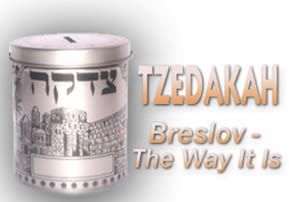
Tzedakah – Breslov The Way It Is
Rebbe Nachman stated that giving tzedakah brings a spirit of peace and love into the world in abundant measure Rebbe Nachman also taught...

Le‘ilui nishmat Leib ben Yitzchak Ya’akov Sears, a”h – Yartzeit: 30 Shevat, Rosh Chodesh Adar
Le’ilui nishmat Yosef ben Shmuel Zeitlin, a"h Yartzeit: 18 Menachem Av
We continue with our new series of minhagim and hanhagot tovot of Breslov. We invite you to peruse our previous entries by accessing our archives.
Tzedakah Before and During Shacharis
Rebbe Nachman stated that giving tzedakah brings a spirit of peace and love into the world in abundant measure (Likkutei Moharan I, 57:7, 67, et passim).
* * *
Rebbe Nachman also taught: "One should give charity before praying in order to be saved from foreign thoughts. Thus one will daven properly, without veering to the right or left (i.e. toward chesed or gevurah). Rather, one will prepare his words with balance (mishpat, the principle that intervenes between chesed and gevurah)" (Likkutei Moharan I, 2; cf. Shulchan Arukh, Orach Chaim 92:10).
* * *
In Sefer ha-Middot, Rebbe Nachman states that before davening, one should give tzedakah and bind himself to the tzaddikim of the generation (Sefer ha-Middot, “Tefillah” I, 33).
* * *
When one reaches the words in Pesukei de-Zimra, ‘Vi-ha-‘osher vi-ha-kavod mil’fanekha, ve-atah moshel ba-kol . . . Wealth and honor are before You, and You rule over all,’ one should again give a coin to tzedakah to internalize the spirit of charity. (This custom does not originate with Breslov, but is mentioned in the Shulchan Arukh and elsewhere.) (Likkutei Moharan I, 67:7; cf. Likkutei Halakhot, Choshen Mishpat, Aveidah u-Metziah 3:3; cf. Shulchan Arukh, Orach Chaim 92:10; Sha’ar ha-Kavannot, Inyan Tefilat ha-Shachar. Rabbi Chaim Vital states in the name of the ARI zal that one should give three coins of any denomination, first two separately, and then the third. Rabbi Pinchas of Koretz states that if all Jews would give tzedakah at this point in Shacharit, Moshiach would surely come; Imrei Pinchos [Bnei Brak 2003] vol. I, Sha’ar Seder ha- Yom 79.)
* * *
Rebbe Nachman encouraged his followers to give tzedakah "with both hands," adding that when one does so, his prayer will be heard above. Rabbi Gedaliah Kenig understood this simply to mean that we should give generously. However, because of this remark, many Breslover Chassidim are accustomed to actually hold the money they are giving with both hands (See Sefer ha-Middot, “Tefillah” I, 45; “Tzedakah” I, 27).
Tzitzit / Talit
The Rebbe once gave his old talit to one of his close followers (according to oral tradition, this was Reb Yudel). He said, "Be careful to honor this talit. For every thread in this talit I shed a tear, until I understood the true meaning of a talit." (In kabbalistic works, the talit is related to the Ohr Ein Sof / Infinite Light.) (Sichot ha-Ran 172; cf. ‘Olas Tamid, Inyan Tzitzit, 19b; Sha’ar ha-Kavannot, Drushei ha-Tzitzit, Drush 2, beginning; et al.)
* * *
Many Ukrainian and Russian Chassidim wore tzitzit tied with chulyot (clusters of three ringlets between the five double-knots). This had once been the custom in Breslov; however over the years, it began to fall into neglect. Rabbi Gedaliah Kenig reintroduced this minhag to his talmidim, winding the chulyot so that the lead string ("shammet"), which separates the clusters, was hidden. This method has become widespread in the Breslov community today.
(This custom is supported by the fact that Rebbe Nachman expounds on the number of strings, knots, and chulyot of the tzitzit in Likkutei Moharan I, 7 (end). Reb Nosson discusses chulyot in Likkutei Halakhot, Tzitzit 1; ibid. 3:22; ibid. 7:4, et passim. This is a minhag of the ARI zal; see Rabbi Chaim Vital, Sha’ar ha-Kavannot, Drushei Tzitzis, Drush 6. It is also mentioned in Zohar III, 228b; Tikkunei Zohar, Tikkun 18. Cf. Imrei Pinchos [Bnei Brak 2003] vol. I, Sha’ar Seder ha-Yom 17; Sefer Minhagim Chabad, "Tzitzit"; etc.)
* * *
Rabbi Elazar Kenig has instructed his talmidim to wear their arba’ah kanfot (or “talit katan”) so that the two front corners lie toward the front of the body, and the two back corners lie toward the back of the body, causing the tzitzit to be somewhat separated from each other − as opposed to being grouped together in the middle of each leg, one bundle on the right, and one on the left. That is, if one were to visualize the body from above as a rectangle, the tzitzit would fall near the four corners. This happens naturally if one wears the arba’ah kanfot over his shirt; however, if one wears it under his shirt, he must adjust the tzitzit more carefully.
* * *
Rabbi Gedaliah Kenig wore the arba’ah kanfot over his shirt. However, there are different interpretations as to what the ARI zal meant in saying that the arba’ah kanfot should be “tachat beged ha-elyon.” Some understand "beged ha-elyon" to mean one’s shirt, while others take it to mean one’s jacket or caftan. Thus, some Breslovers follow the former view, and some follow the latter. For those who work in the secular world, there are practical considerations, too. Like his father, Rabbi Elazar Kenig wears the arba’ah kanfot over his shirt. (See Rabbi Chaim Vital, Sha’ar ha-Kavannot, Drushei ha-Tzitzit, Drush 6. Magen Avraham, Orach Chaim 9:13, understands this to mean that the talit katan should be worn over one’s shirt. Similarly, Ohr Tzaddikim 7:9-11. As for those who do not do so, Mishnah Berurah, ad locum, states that it is improper to tuck the tzitzit into one’s pants; rather one should wear them so that they are visible.)
* * *
Rabbi Gedaliah Kenig wore a large wool arba’ah kanfot with a round opening for the neck, without a slit. This is Rabbi Elazar Kenig’s minhag, as well. This seems to reflect the shittah of the Baal ha-Tanya that the garment is measured from the bottom of the slit, thus compromising the shiur. However, it may be simply a hiddur. Skverer Chassidim also wear an arba’ah kanfot with a round neck (as well as tzitzit with chulyot). (Siddur Baal ha-Tanya, Dinei Tzitzit, beginning; Piskei Dinim Tzemach Tzedek, Orach Chaim 2:3. The Baal ha-Tanya states that the minimal shiur is one amah by one amah, i.e. 48 cm. X 48 cm., and does not include the hole in the middle; see Mishnah Berurah 16, s.k. 4, in the name of Artzot ha-Chaim, that this shiur is the custom of "anshei ma’aseh," i.e. the devout. However, some poskim require even larger shiurim; e.g. the Chazon Ish requires the beged to be at least 58 cm. X 58 cm. For a detailed summary, see Rabbi Zvi Cohen, Tzitzit: Halakhah Pesuka [Jerusalem: Ohel Yosef 1993], "Shiur Talit" 16:2, ff. 4-6. The Baal ha-Tanya also stipulates that one’s chest be covered by the arba’ah kanfot, in keeping with the view of the ARI zal. This is another reason why there should not be a slit; see Siddur, idem, rulings from which are also appended to Shulchan Arukh HaRav, vol. I, Hosafot: Hilkhot Tzitzit, beginning.)
To be continued…
(With permission from The Breslov Center for Spirituality and Inner Growth http://www.nachalnovea.com/breslovcenter)








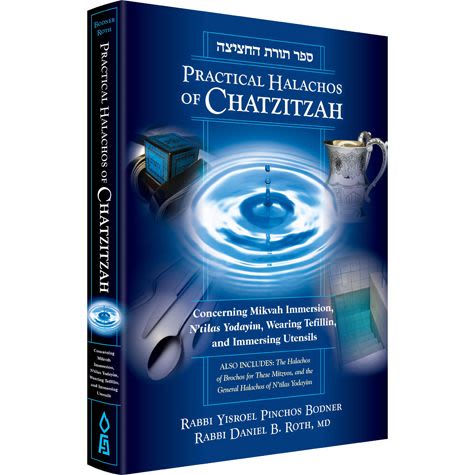
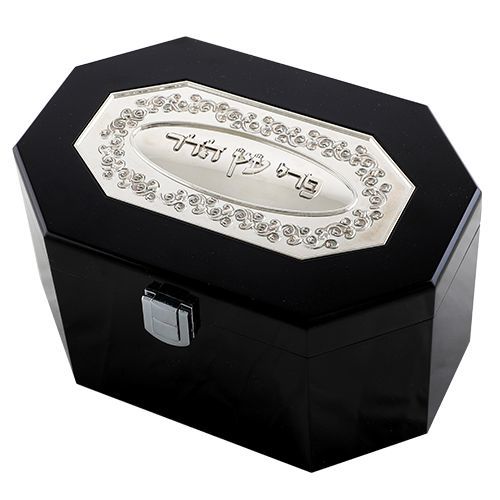
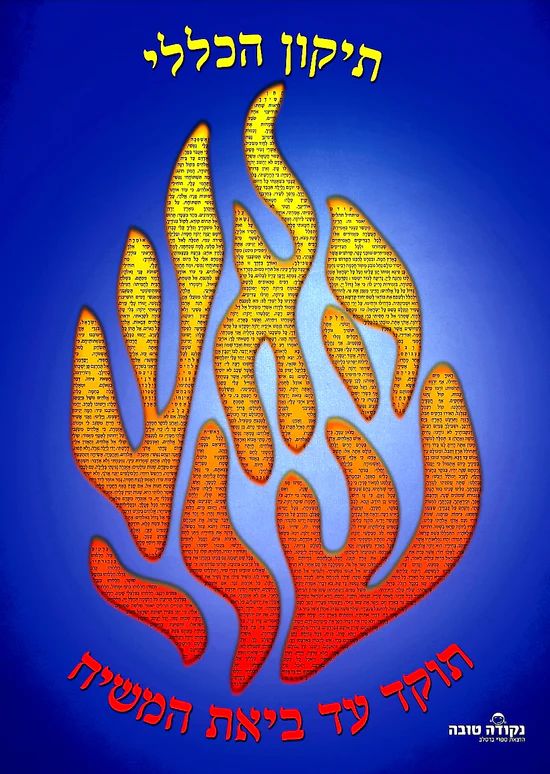
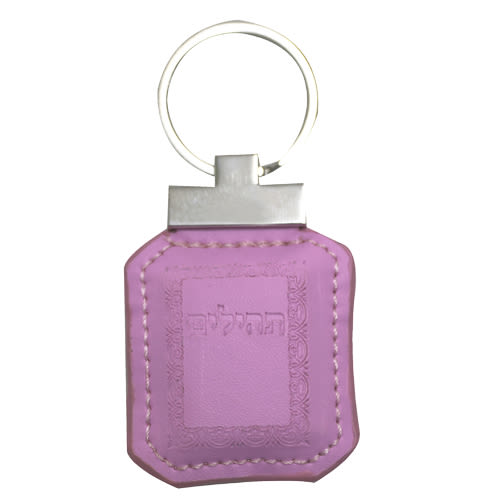
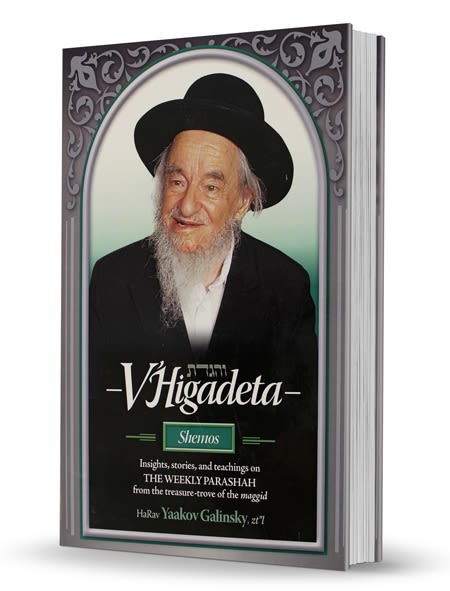
Tell us what you think!
Thank you for your comment!
It will be published after approval by the Editor.